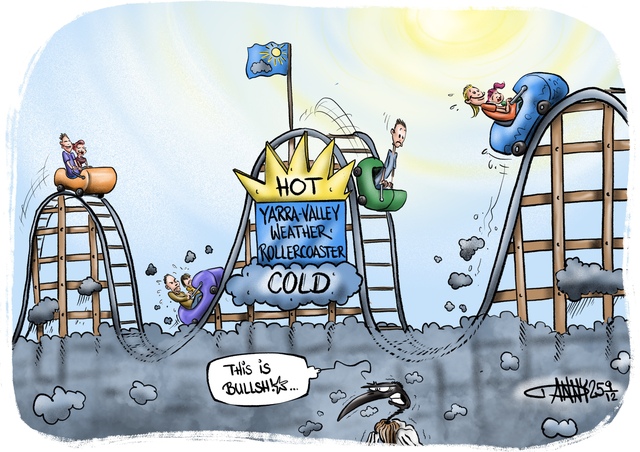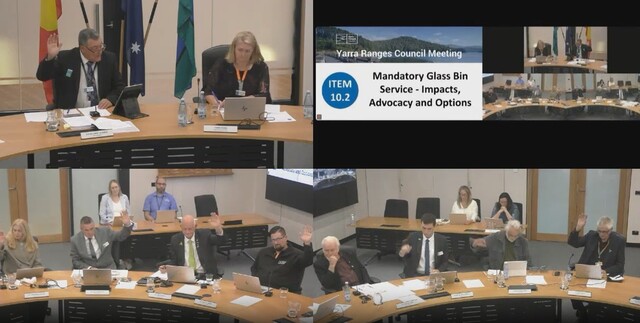The Environment Protection Authority Victoria has recently published a series of handy guidance for small business about complying with noise laws and it’s all about what’s reasonable.
EPA CEO Lee Miezis says the Environment Protection Act 2017 calls for businesses to take reasonable measures to prevent pollution, including noise.
Businesses can assess noise in two ways, by assessing the quality of the noise using common sense and by using monitoring equipment to assess compliance with noise limits. The guidance explains when you should assess noise using one of the two methods.
“So, along with some absolute limits, we ask whether the noise you make has qualities that makes it unreasonable,” Mr Miezis said.
Qualities that make noise unreasonable include volume and intensity, whether it goes on for a long time, happens often, happens early in the morning or late at night, or has an annoying character such as a high-pitched sound.
“One delivery truck leaving a super-market near a residential area at 3 pm might be perfectly reasonable, but a fleet of them leaving at 3 am every morning is a different story,” he said.
EPA also considers what’s reasonable when taking enforcement action.
“We use fines and prosecutions to hold polluters to account where necessary, but many noise problems are resolved by providing advice to cooperative businesses or issuing remedial notices that specify actions and a deadline, but don’t involve a fine if the business complies,” Mr Miezis said.
“We are not about shutting down a workshop if the solution is replacing a badly maintained compressor, installing less irritating reverse alarms on forklifts or noise baffles around an exhaust fan,” he said.
EPA’s Applied Noise Framework Guidance Series has been developed to help businesses understand these duties. How they work together, how you can comply with them and how EPA regulates them to protect the health of the community and environment.
Unreasonable noise guidelines – explains the concept of unreasonable noise, what makes noise unreasonable and how noise compliance can be assessed.
Commercial, industrial and trade noise guidelines – explores, in simple terms, the complex noise framework that applies to factories, stores and shops, works depots etc.
Assessing and controlling risk: a guide for business – explores how a business can assess and control risks under the GED and minimise risk of harm before it occurs. This includes assessing risk from noise.
There are practical guides to a range of noise prevention methods too, such as site planning, acoustic louvres, barriers, mufflers, pipe lagging and vibration isolation: epa.vic.gov.au/for-business/find-a-topic/noise/advice-for-businesses/controls
EPA’s website has plenty of other help for the business operator to reduce risk from pollution and waste: epa.vic.gov.au/for-business/find-your-industry/retail-and-small-business.







